
The General Offensive and Uprising that completely liberated the South and reunified the country left many unique features of Vietnamese military art, expressed in the main contents: The art of creating superiority of forces, forming overwhelming strength to ensure fighting the enemy from a position of strength.
During the General Offensive and Uprising in the Spring of 1975, based on our conditions, the enemy situation, terrain and weather factors; inheriting the tradition and experience of the nation in the history of fighting foreign invaders to liberate the country and protect the Fatherland, to ensure victory, our Party directed the concentration of creating a reasonable advantage in forces to defeat the enemy.
In the Central Highlands Campaign , in general, our forces and the enemy were equal (58dBB/42dBB). We did not have an air force, but in the main direction and target of Buon Ma Thuot, we concentrated 4.5 times more infantry (18dBB/4dBB), 3.5 times more armored tanks (64/18), and more than 4 times more artillery (78/18). Therefore, we created the strength to continue to win the battle against the enemy's counterattack and retreat on Route 7.
In the Tri Thien - Hue Campaign and the Da Nang Campaign , in terms of force, we only had an advantage over the enemy in terms of main units (1.2/1); local forces (we 1/enemy 1.5), artillery (we 1/enemy 2.4), and enemy tanks and armored vehicles (we 1/enemy 4).
In the Ho Chi Minh Campaign , we identified Saigon as the “Capital”, the place where the headquarters of the Saigon puppet government and army were located; they would concentrate their forces to stubbornly resist fiercely, although the morale of officers and soldiers was extremely confused and wavering. Therefore, we concentrated our strong forces, overwhelming the enemy like never before, 1.7 times the enemy, with 3 times the number of concentrated units.
With the art of creating reasonable and scientific force advantages, mobile main force corps have been formed, with very strong offensive power, high attack speed, fighting the enemy with a clear advantage and completing campaign missions in the shortest time.
The art of combining attack and uprising, coordinating the operations of the three armies, taking the main force's major attack as the center of coordination.
The unique feature of the military art in the 1975 Spring General Offensive and Uprising was the combination of the stormy attacks of the mobile main force corps with the uprising of the masses; combining the destruction of the enemy with the control of the people, creating overwhelming strength. In which, the military attack of the main force was one step ahead, aiming to directly destroy the enemy's military forces, deciding the final victory of the war, directly supporting the uprising of the masses. The uprising of the masses had the effect of stretching and dispersing the enemy, winning people and land, opening up a new offensive position, creating new advantages, making our armed forces even stronger, having the conditions and opportunities to advance to destroy, and gain great victory. That combination was the inevitable result of the development process, combining the two forms of political and military struggle; the two methods of conducting war: guerrilla warfare and conventional warfare.
The art of directing the application of flexible and creative tactics to successfully carry out campaign tasks.
In the major campaigns of the 1975 Spring General Offensive and Uprising, the Central Military Commission and the General Command directed the flexible, creative and successful application of various types of tactics such as controlling the enemy, deceiving the enemy, luring the enemy into our plan to attack; fighting the enemy both inside and outside fortifications, in all types of forests, mountains, countryside, plains, and urban areas; fighting the enemy in clusters or retreating; fighting the enemy in conditions of preparation or hasty preparation; fighting the enemy in a situation where they organized a defense from afar and fighting the enemy on islands; fighting the enemy divisions deployed on the outer perimeter, and making deep thrusts with mechanized corps into the enemy's nerve centers in towns and cities. In particular, the success of combined arms operations against cities, towns and large military bases in the following forms: Attacking the enemy in bases, towns and large cities, attacking on the march, mobile attacks, fighting airborne enemies, pursuing the enemy in conditions with and without preparation time has developed remarkably and achieved high combat efficiency. Large-scale combined arms attacks were widely applied in the attacks on Buon Ma Thuot town; the cities: Hue, Da Nang, Saigon, affirming the ability to apply tactics of our troops reaching the pinnacle of art in the Vietnamese revolutionary war.
The art of amplifying the victory of the previous key battle with the next key battle.
In the 1975 Spring General Offensive and Uprising, the major offensive campaigns had different characteristics, but they all had one thing in common: the victory of the previous key battle created the opportunity and conditions for the emergence of the next key battle. The next key battle knew how to take advantage of the results of the previous key battle to gain a greater victory.
In the Central Highlands Campaign , the key battle that opened the campaign to attack Buon Ma Thuot town was successful, forcing the puppet 23rd Infantry Division to counterattack exactly where we had planned, allowing us to fight the second key battle, forcing the enemy to make the mistake of withdrawing from the Central Highlands, creating an opportunity for us to fight the third key battle (fighting the enemy retreating on Route 7), liberating the Central Highlands. The victory of the Central Highlands Campaign created a development position, liberating the South Central provinces.
In the Tri Thien - Hue Campaign and the Da Nang Campaign , the great victory in Tri Thien - Hue, annihilated, captured and disintegrated the entire enemy force in the North of Hai Van Pass. This great victory not only prevented the enemy in Hue from gathering in Da Nang, but also terrified the enemy in Da Nang, along with the victory in the South (liberating Quang Ngai and Tam Ky), as the key battle opening the campaign, created an opportunity for us to promptly win the key and decisive battle in Da Nang. Although our forces here were smaller than the enemy's, we were much stronger than the enemy's.
In the Ho Chi Minh Campaign , the key battles took place both consecutively and in parallel. The breakthrough battle that destroyed five enemy infantry divisions defending the outer perimeter, preventing them from gathering in Saigon, can be considered the first key battle, opening the way for the troops to penetrate deep and capture five main targets in the inner city of Saigon (the second key battle), liberating Saigon - Gia Dinh city, bringing the resistance war against the US to save the country to complete victory.
Thus, through all campaigns, the characteristic of winning the key battle first is affirmed, creating an important opportunity for opening the next key battle. But the development of our military art here is to promptly take advantage of the opportunity for victory, expand the results of the previous key battle to win the next key battle, change the situation of the campaign, strategy, and have battles that end the entire war victoriously.
The 1975 Spring General Offensive and Uprising was a strategic decisive battle, ending the complete victory of our nation's resistance war against the US to save the country. This glorious historical event marked the pinnacle of Vietnamese military art in the Ho Chi Minh era. It can be said that this is a model of the strategic command art of the Politburo, the Party Central Committee and the Central Military Commission in the resistance war against the US to save the country. In the 1975 Spring General Offensive and Uprising, we brought to the highest level the combined strength of the whole country, inheriting the nation's military tradition by absorbing the world's military quintessence.
The 1975 Spring General Offensive and Uprising was also a high-level development of the Vietnamese people's war. The creative and unique developments of military art in the 1975 Spring General Offensive and Uprising contributed to further perfecting and enriching the treasure trove of Vietnamese revolutionary military art in the Ho Chi Minh era, leaving valuable lessons for the cause of building and defending the Fatherland in the new era - the era of the Vietnamese people's rise.
(To be continued)
Source: https://hanoimoi.vn/ky-niem-50-nam-ngay-giai-phong-mien-nam-thong-nhat-dat-nuoc-30-4-1975-30-4-2025-nhung-dau-moc-lich-su-cua-dai-thang-mua-xuan-nam-1975-bai-7-dac-sac-nghe-thuat-quan-su-viet-nam-698125.html








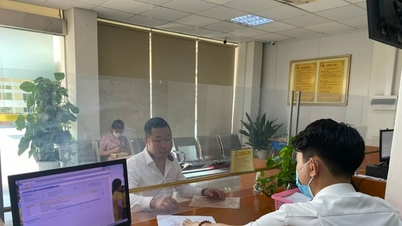


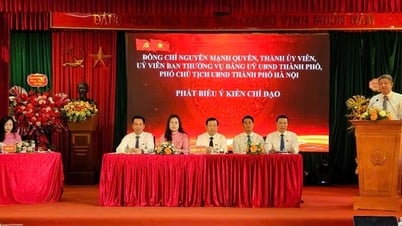

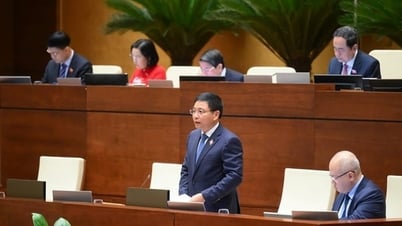
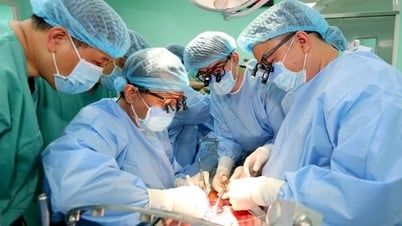




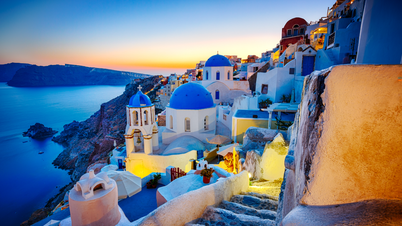
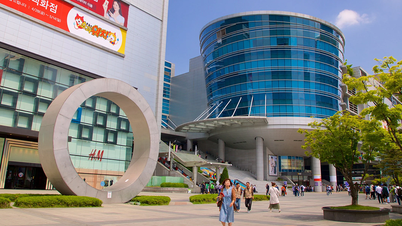
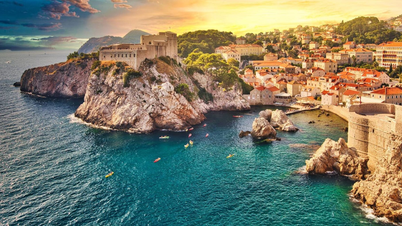
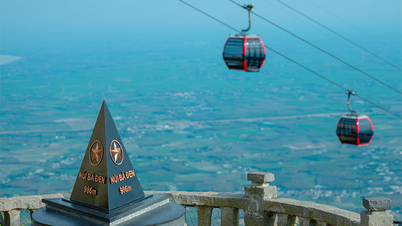
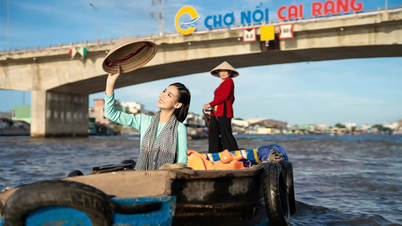
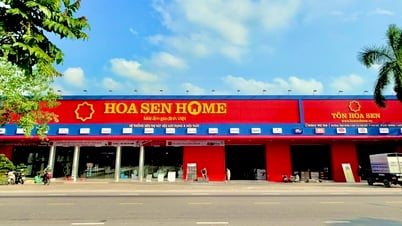























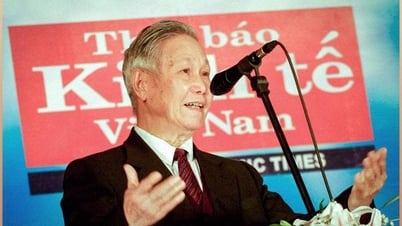






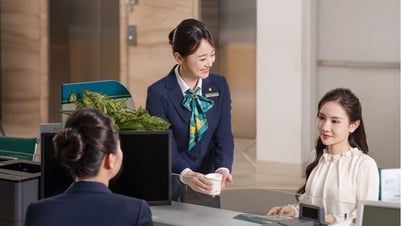







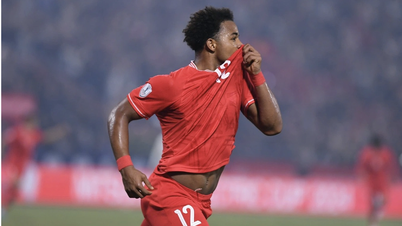


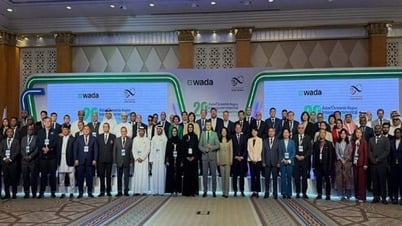
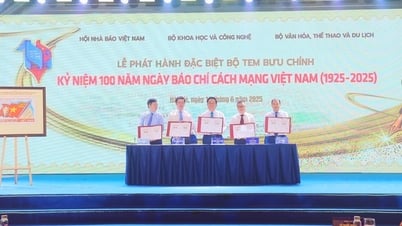
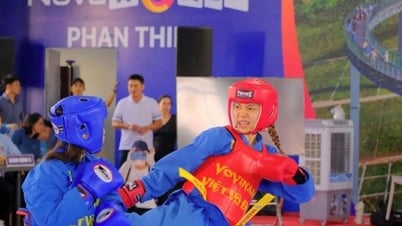
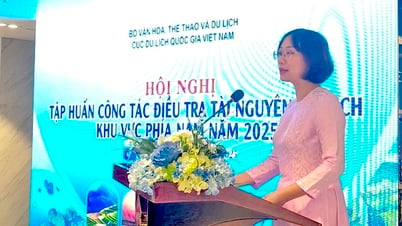
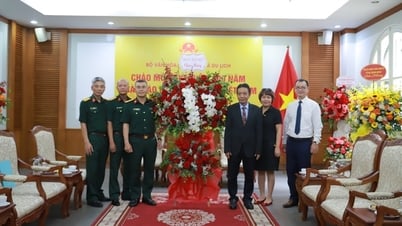
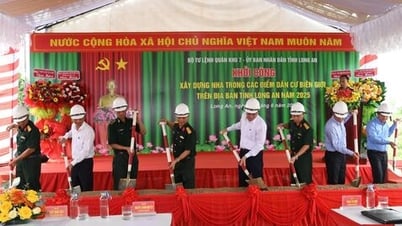

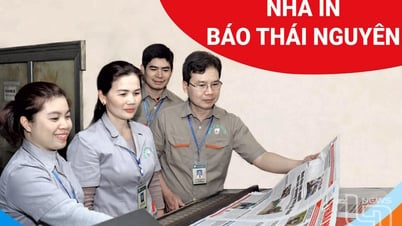



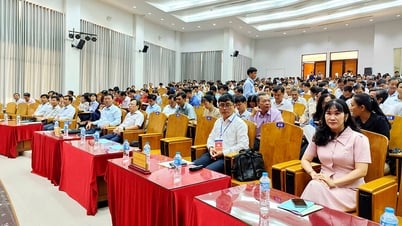

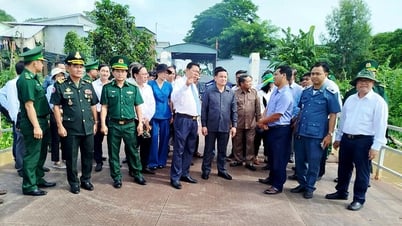
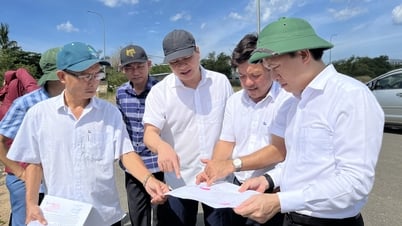











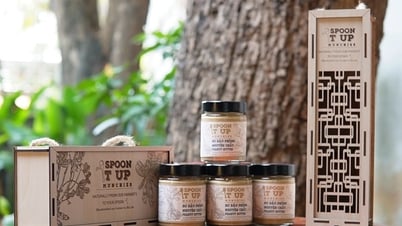




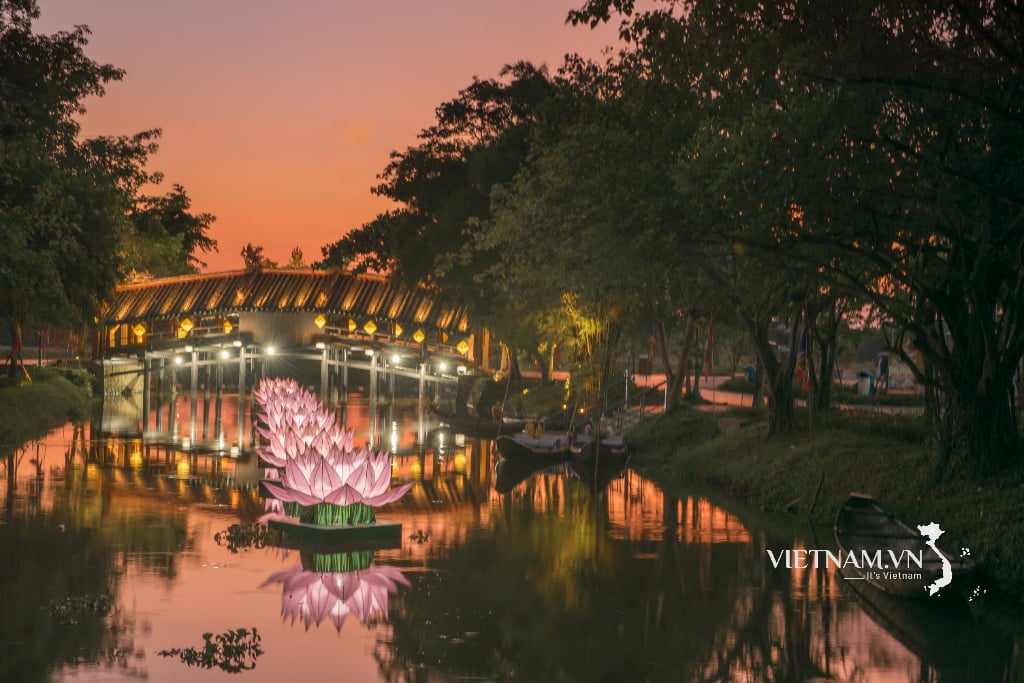
Comment (0)